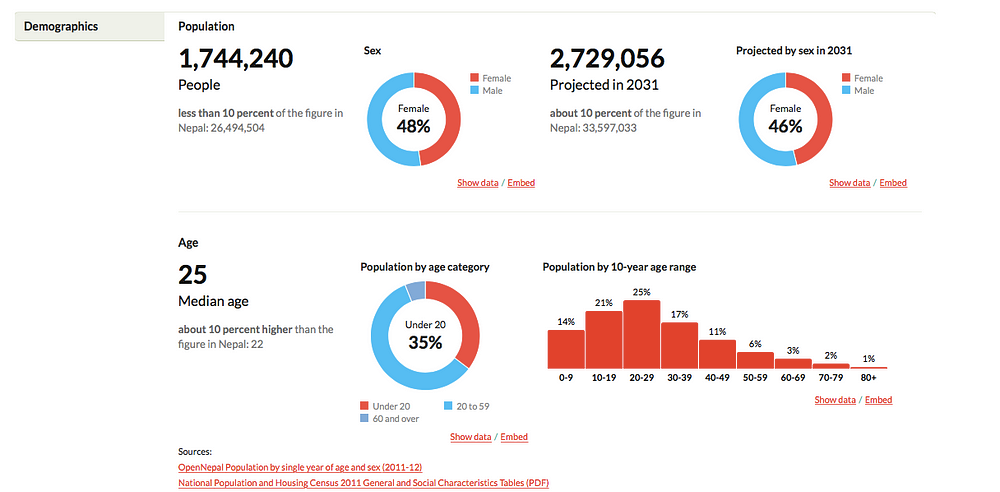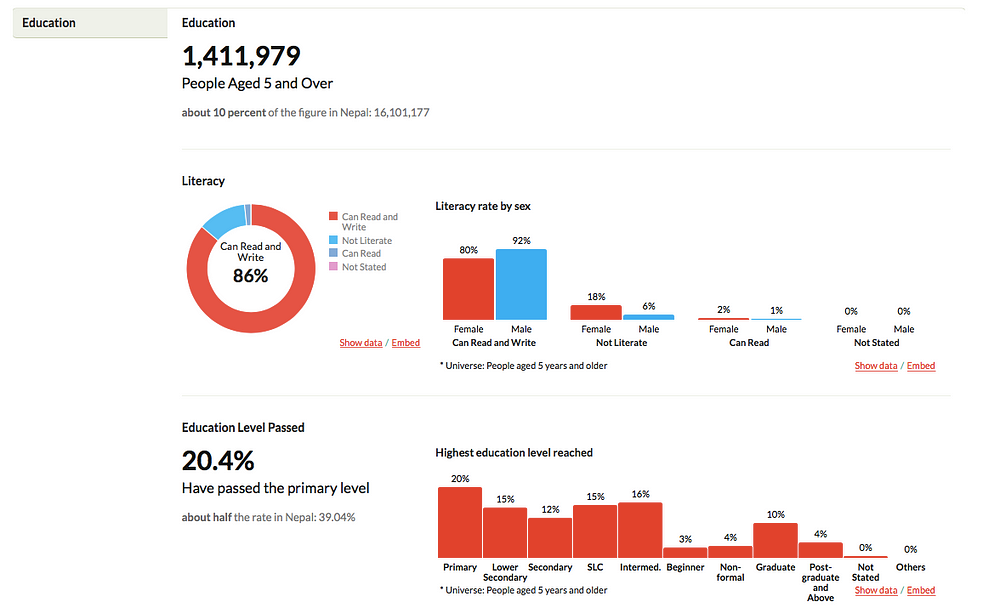Mentality and Infrastructure both need to be improved: Kathmandu City
26 Jun 2017 - Nikesh Balami
Like every morning, I was going through my Twitter account. One hand on a cup of tea and another hand on a mobile because Twitter always got some really cool stuff.
While going through Tweets, I saw this: “Welcome to #Kathmandu SEE graduates !!” by Saugat Gautam and the Tweet quoting
“काठमाडौँ तयार भएर बस् । फेरी कैयौ एस.इ.इ. पास भएका सपनाहरु डसनामा पोको पर्दै तेरो कंक्रिटको जंगलमा डेरा खोज्न आउदै छन् ।”
Tweet was saying capital city Kathmandu to be prepared to welcome Secondary Education Examination graduates. A sentiment we hear every year after the result of SEE (previously known as SLC). Kathmandu is the preferred destination of every school graduates, not because students love studying here but because they lack a good education infrastructure in their home districts. Some districts don’t have good schools and teachers, let’s forget about colleges and universities.
Many people argue that the education system needs to decentralize all over Nepal (from developed to undeveloped) and the aim of new Federal Structure also plans to reduce all these things through sustainable development, but still, there are lots of question raised about the structure and constitution implementation itself.
Since, my hometown is Kathmandu, I rarely feel proud of it. It’s populated, polluted, busy. Kathmandu is pretty unmanaged in my view. After seeing that Tweet, my interest in knowing more about my district increased.
I browsed NepalMap, a project of Code for Nepal and searched Kathmandu District to analyze the power and weakness of my home district.
With 1,744,240 current Population according to National Population and Housing Census 2011, Kathmandu is one of the densely populated districts of Nepal. The reason for this are higher education, employment opportunity, only international airport and the capital city. The projected population of the city by 2031 is 2,729,056.

With $2,764 Per capita income in US dollars, most of the people in Kathmandu speak Nepali language and more importantly, only 7.6% (128,297) of the total population is in poverty. Education is one of the sectors which Kathmandu dominates, 86% of people can Read and Write, whereas 37% choose the Business field for their higher study. Unlike other districts, with 72% Female and 74% Male, the percentage of school attendance is almost same. Which is hard to see in the Terai and Himalayan districts.

For more interesting facts about your districts, please visit NepalMap: http://nepalmap.org